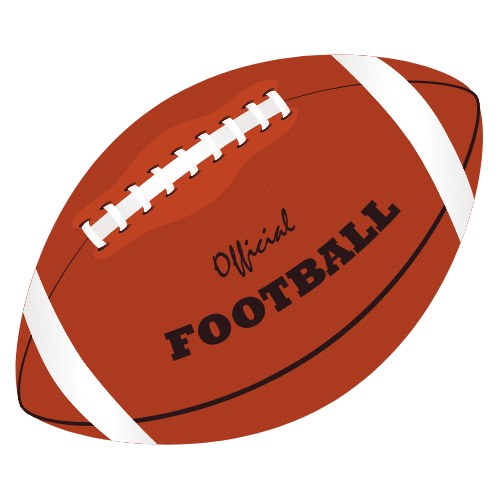Rule 4 - Ball in Play, Dead Ball, Out of Bounds
SECTION 2. Out of Bounds
Article 1 - Player Out of Bounds
a. A player is out of bounds when any part of his person touches anything, other than another player or game official, on or outside a boundary line (Rule 2-27-15). (A.R. 4-2-1:I and II)
b. An out-of-bounds player who becomes airborne remains out of bounds until he touches the ground in bounds without simultaneously being out of bounds.
c. A player who touches a pylon is out of bounds.
Article 2 - Held Ball Out of Bounds
Article 3 - Loose Ball Out of Bounds
a. A ball not in player control, other than a kick that scores a field goal, is out of bounds when it touches the ground, a player, a game official or anything else that is out of bounds, or that is on or outside a boundary line.
b. A ball that touches a pylon is out of bounds behind the goal line.
c. If a live ball not in player possession crosses a boundary line and then is declared out of bounds, it is out of bounds at the crossing point.
Article 4 - Out of Bounds at Forward Point
a. If a live ball is declared out of bounds and the ball does not cross a boundary line, it is out of bounds at the ball’s most forward point when it was declared dead. (A.R. 4-2-4:I) (Exception: Rule 8-5-1-a, (A.R. 8-5-1:I).)
b. A touchdown is scored if the ball is inbounds and has broken the plane of the goal line (Rule 2-12-2) before or simultaneous with the ball carrier going out of bounds.
c. A receiver who is in the opponent’s end zone and contacting the ground is credited with a completion if he reaches over the sideline or end line and catches a legal pass.
d. The most forward point of the ball when declared out of bounds between the goal lines is the point of forward progress. (A.R. 8-2-1:I) (A.R. 8-5-1:VII)(Exception: When a ball carrier is airborne as he crosses the sideline (including a striding runner) forward progress is determined by the position of the ball as it crosses the sideline. (A.R. 8-2-1:II-III and V-IX))



